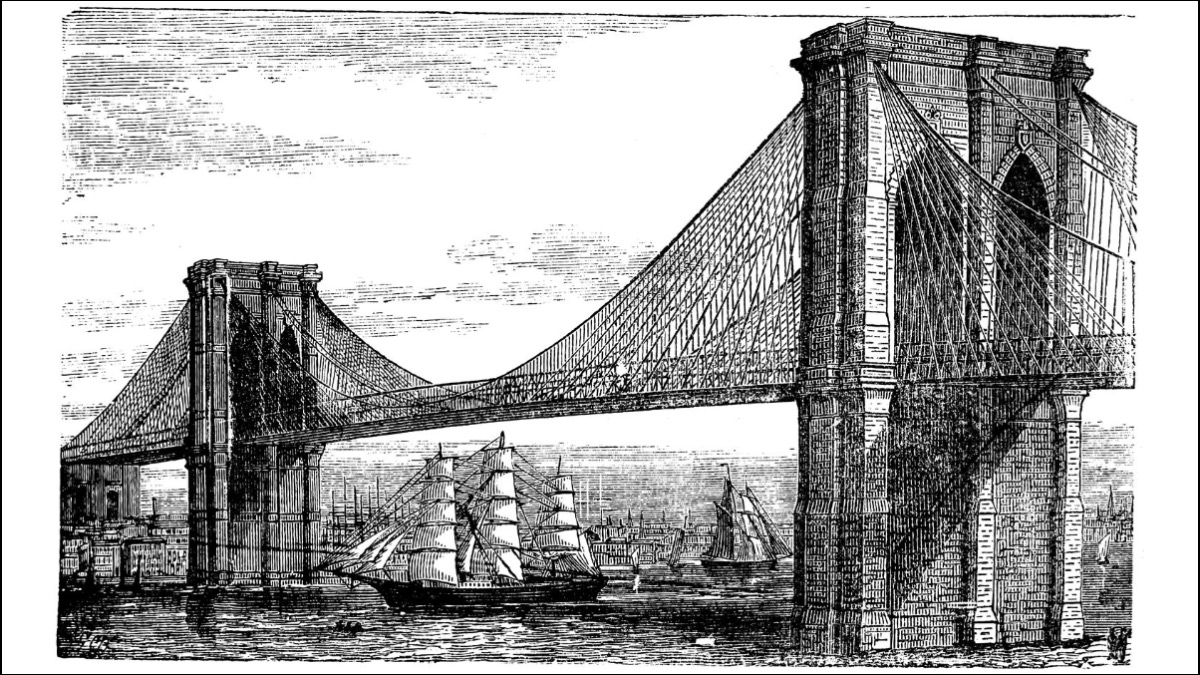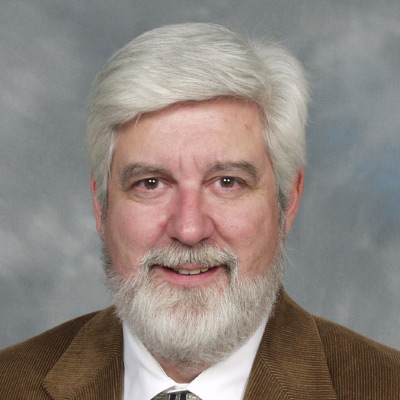Today’s policy discussions are often argued as if the issue under consideration is unique to our time. Because we often forget—or never knew—the relevant history, we can fail to see that almost every policy argument has historical precedent. This is certainly true of the hot-button issues of globalization and protectionism. Although many believe them unique to our day, antiglobalization—with its concomitant protectionist sentiments—salts human history.
Mercantilist doctrine, which is protectionist, dates to mid-17th century Europe. As international trade grew, so, too, did the demand for government intervention to protect domestic manufactures by discouraging imports and subsidizing exports. Even nations committed to obtaining the benefits of free trade have not been immune to mercantile doctrine. For over a century, the American government raised the majority of its tax revenue through the imposition of import tariffs. But protectionist economic policy has always had critics, one of the most thoroughgoing of whom was Henry George.
George was born in 1839 in Philadelphia.[1] His was a varied and fascinating life, shaped by economic hardship. At 16, he shipped out on the Hindoo as a deckhand, voyaging from New York to Australia and India. After more than a year at sea, he returned to his family and entered the printing business. When that didn’t work out, he decided to emigrate to California and to get there, signed aboard another ship as storekeeper. George docked in San Francisco at age 19, another fortune seeker arriving in California a decade after the state’s famous gold discovery.
San Francisco offering little in the way of employment, George accompanied a cousin to British Columbia to help him open a store for gold miners at the northern tip of the Fraser River. The work was hard, and after an argument with his cousin, George left the store’s employ. He was on the verge of taking up mining, but the discouraging stories of those returning from the fields sent him back to San Francisco instead in late 1858. Once there, he landed a typesetting job that enabled him to live more comfortably than he had in Canada.
The new job didn’t last, though, and George soon became a rice weigher in a local warehouse, studying and reading by night, a man with no friends and no money to go out, socialize and find area newspapers, his first foray into the public arena of ideas and policy debate. His formal education was limited, but that didn’t stop him from becoming selfeducated in political economy. Having been a protectionist before (he wrote in his journal) engaging in “logical thought on the matter,” he quickly converted to the free trade position. In a debate in Sacramento (probably in 1868), he stated his position clearly through a telling rejoinder to the evening’s protectionist speaker. If the speaker were correct, George challenged, the remotest places on earth ought to be the best places to live since they would be the most prosperous. It was a simple yet thought-provoking reply that demonstrated the silliness of protectionist dogma. George further announced that at the beginning of the evening he had been a protectionist, but after listening to the speaker’s arguments, he was leaving the meeting a free trader because “protection was defensible only upon the theory that the separation of mankind into nations implied their industrial and commercial antagonism.”[2]
Over the next 10 years, George edited two small newspapers and ran unsuccessfully for political office. He was appointed state inspector of gas meters in 1876, and dutifully worked to improve the safety of California’s natural gas infrastructure, often over the objections of gas-related business interests.
His ideas concerning the relationship between land rents and poverty began to crystallize, and he often wrote pamphlets and editorials arguing his views. His ideas attracted a growing number of followers. On Sept. 18, 1877, in Sausalito—just north of San Francisco and his new home—George began writing a potential magazine article that would eventually become Progress and Poverty.
At that time, the nation was suffering a severe industrial depression, and anarchy and disorder reigned. The situation cost many lives, and vandalism by mobs of the newly unemployed caused millions in property damage. George’s friends convinced him to expand the article into a book. He labored for 17 months, with the final result first published for general distribution in New York in 1880. Sales were slow initially but soon grew, as did George’s reputation.
He embarked for Europe to help spread his vision for ending poverty, which was set out in the book. He proposed a single tax on land to replace the taxes labor and capital owners paid, shifting the entire tax burden onto inelastically supplied land rent. Two outcomes of such policy would be a reduction in unearned rental incomes as land became a public good and an increase in labor’s disposable income.
After a year in Europe debating some well-known opponents—among them, economists such as the great Alfred Marshall—George returned to America a famous man. It was time, he knew, to spread his vision at home. Low-cost editions of his writings sold very well, and politicians and political parties courted him. George had ignited a large social movement that demanded land reform of the sort he proposed in Progress and Poverty, the so-called single tax on land.[3]
In 1886, George ran for mayor of New York City. Backed by most unions, he presented a real threat to the Democratically controlled political machine, which offered him a Congressional seat if he would forgo the election. “Wanting to raise hell,” George declined the offer and accepted the United Labor Party’s draft to run for mayor. In retaliation, his campaign was subjected to dirty tricks and his reputation smeared.
George did not win, but he did beat Theodore Roosevelt, the Republican candidate, by 8,000 of the 120,000 votes counted for both men. That tally was, of course, done by the Democrats and is undoubtedly inaccurate because George’s party had no poll watchers to help oversee the ballot count. Considering that his opponents portrayed him as a man whose followers were “anarchists, nihilists, communists and socialists” who would bring the French Revolution’s many excesses to New York, George’s showing was surprisingly strong. But he would never again win as many votes and was crushed at the polls when he ran for secretary of state as the United Labor Party’s candidate in 1887.
George subsequently left politics to write and speak. He edited The Standard, a New York-based paper, and often wrote long pieces supporting his ideas for publication in its pages. He traveled widely to rally supporters and debate opponents. When in other countries, he always looked for policies and practices that he thought could benefit the United States—for example, Australia’s voting procedures. Even as he aged, his energy was amazing, for such travel was not easy then. He wrote more books, including The Condition of Labor and The Science of Political Economy. For a time, it seemed the entire nation was debating protectionism and free trade after five Democratic congressmen placed Protection or Free Trade into the Congressional Record in 1890.
George died in 1897 while again running for mayor of New York, a political campaign he knew would probably kill him. He renamed the Independent Party that had drafted him the Party of Thomas Jefferson and ran under that banner. George believed that Jefferson represented true democracy, while Alexander Hamilton’s Federalists represented the plutocracy. The public reaction to George’s death was unlike that generated by the passing of any other economist. More than 100,000 people turned out to view his body and join in the procession to his burial site. His death was a major international news story, and papers everywhere ran generally supportive or wildly enthusiastic editorials about his ideas.
The public reaction to George’s death was unlike that generated by the passing of any other economist. More than 100,000 people turned out to view his body and join in the procession to his burial site. His death was a major international news story, and papers everywhere ran generally supportive or wildly enthusiastic editorials about his ideas. Even his political and ideological opponents expressed admiration for George’s commitment to his beliefs and his unflagging, principled approach to political struggle, which had always been open and free debate as a process by which to discover the truth. In this, he was quintessentially American.
Nobel economist Milton Friedman once said that of all the ways to tax, “In my opinion the least bad tax is the property tax on the unimproved value of land, the Henry George argument of many years ago.”[4]
Notes
[1] Almost all the biographical details in this article are from The Life of Henry George, by Henry George Jr. (Honolulu, Hawaii: University Press of the Pacific), 2004.
[2] The speaker George challenged was William H. Mills, land agent of the Central Pacific Railroad.
[3] The single tax remains one of the most examined, supported and criticized of all the theoretical ideas ever put forth in economics. For a small sample of the (thus far inconclusive) debate, see Critics of Henry George, edited by Robert V. Andelson (London: Associated University Press), 1979.
[4] Interview published in Human Events, Nov. 19, 1979.








